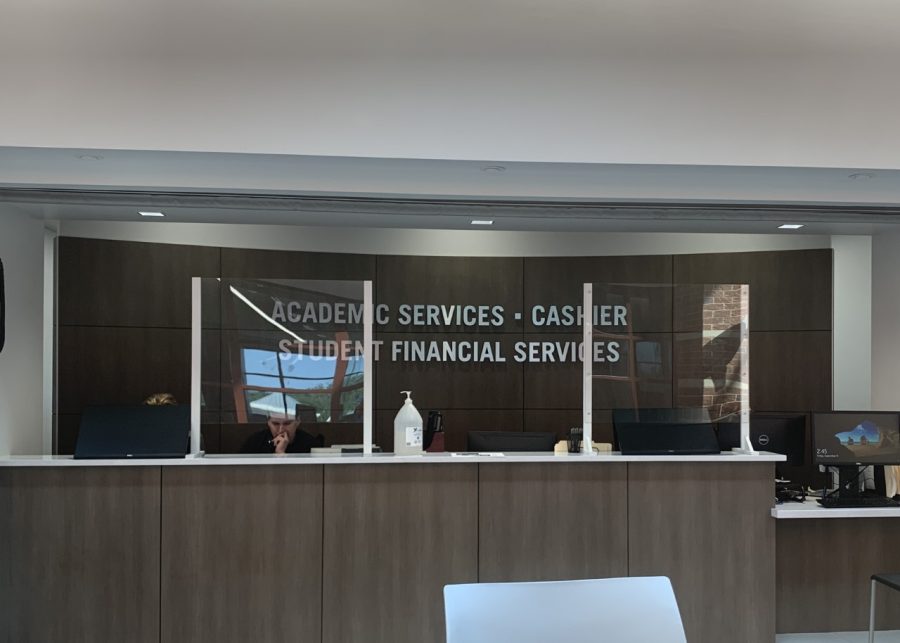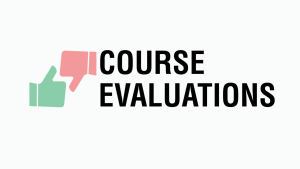What the student debt relief plan means for you
Photo by Jessica Spivey
The Student Financial Services office is located on the third floor of Spellmann. Financial counselors can assist students with any questions they have.
September 12, 2022
On Aug. 24, the Department of Education and the Biden-Harris Administration announced a three-part plan for student debt relief.
The first part of the plan extended the Student Loan Repayment Pause to Dec. 31, 2022. President Biden said this will extend the current pause on payments and interest for students with federal loans.
The Biden Administration said the extension will also include pausing the interest on unsubsidized federal loans for students who are currently in school. No action is necessary for the pause – it will happen automatically.
In the second part of the plan, Biden announced that past and present students can cancel up to $10,000 in federal student loan debt if their income is below $125,000, or $250,000 for married couples or heads of households.
Pell Grant recipients can cancel up to $20,000 of their federal student loan debt.
If the Department of Education already has a recipient’s income data on file, he or she will receive the relief automatically.
If the Department of Education does not have a recipient’s income information, the student will need to submit an application.
Applications for federal loan relief will become available in early Oct. at ed.gov/subscriptions.
The types of federal student loans that are eligible for relief are Direct Loans – which include subsidized and unsubsidized loans – Parent PLUS loans, Grad PLUS loans, and consolidated loans that were fully disbursed and had an outstanding balance as of June 30, 2022.
Loans taken out after June 30, 2022, are not eligible for relief.
The third part of the plan made the Student Loan System more manageable for current and future borrowers. Additional information can be found on the White House Fact Sheet.
Lindenwood Student Financial Services Counselor Aisha Rains recommends for students to check their annual federal income for 2021 or 2020 to determine if they meet the income requirements to be eligible for federal loan relief.
Rains encourages students to go to StudentAid.gov and log in to their Federal Student Aid account to make sure their contact information is correct. If a student does not have an FSA account, he or she should create one.
Students can view their loan amounts and find out who services their loans in their FSA accounts. Students should make sure their loan servicer also has their contact information.
Students can sign up at ed.gov/subscriptions to be notified when the application is ready and how to submit financials to be considered for debt relief.
Students have until Dec. 31, 2023, to submit their application for federal loan relief.
Student Financial Services asks students who need assistance to contact their Lindenwood Student Financial Services Counselor by emailing [email protected] or calling 636-949-4923.

















